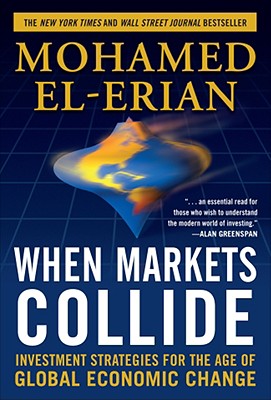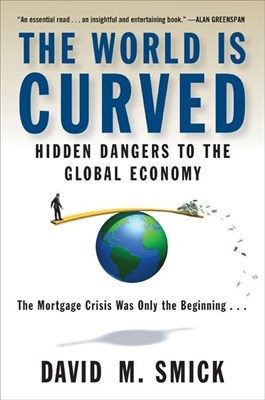The 2008 800-CEO-READ Business Book Awards - Finance & Economics
December 12, 2008
The books on our 2008 shortlist for the Finance & Economics Category are: The Gridlock Economy: How Too Much Ownership Wrecks Markets, Stops Innovation, and Costs Lives by Michael Heller (Basic Books, July 2008) Michael Heller didn't have language to describe the tragedy he saw occurring due to too much ownership, so he coined the term "the tragedy of the anticommons"--a term that describes the overreaction to the "tragedy of the commons,"--when public resources are overused and degraded. In The Gridlock Economy, Heller cites time and again examples of stifled innovation and lost economic growth due to outdated patent law, underuse of resources and, in general, too much ownership. The Trillion Dollar Meltdown: Easy Money, High Rollers, and the Great Credit Crash by Charles R.





The Gridlock Economy: How Too Much Ownership Wrecks Markets, Stops Innovation, and Costs Lives
by Michael Heller (Basic Books, July 2008)Michael Heller didn't have language to describe the tragedy he saw occurring due to too much ownership, so he coined the term "the tragedy of the anticommons"--a term that describes the overreaction to the "tragedy of the commons,"--when public resources are overused and degraded. In The Gridlock Economy, Heller cites time and again examples of stifled innovation and lost economic growth due to outdated patent law, underuse of resources and, in general, too much ownership.
The Trillion Dollar Meltdown: Easy Money, High Rollers, and the Great Credit Crash
by Charles R. Morris (PublicAffairs, March 2008)Charles R. Morris not only describes the sickness, but also diagnoses the causes of the economic meltdown, tracing it back to the beginning of deregulation in the '80s and the rise of the bafflingly complex financial instruments that have ruled on Wall Street since. He pulls back the curtain on these instruments, showing their irrationality in vivid detail and explaining that, though they temporarily improved market efficiency, they were built on illusions.
Panic: The Story of Modern Financial Insanity
Edited by Michael Lewis (W. W. Norton, December 2008)Panic compiles literature from "before, during, and after the panics that have punctuated, often, the most recent financial era." It includes accounts from newspapers, magazines, books and government reports and covers the 1987 stock market crash, the bursting of the Internet bubble, the Asian currency crisis and others. The brilliance of the book is that it provides a real-time view into what was happening in the minds of those involved in and reporting on these events.
When Markets Collide: Investment Strategies for the Age of Global Economic Change
by Mohamed A. El-Erian (McGraw-Hill, July 2008)Like many books here, When Markets Collide could have easily found itself in the Globalization category. Winner of the 2008 Financial Times and Goldman Sachs Business Book of the Year Award, it is a masterful account of the changes occurring in the global economy and their background. It then charts the road ahead, discussing how potential investors should position themselves to benefit from these changes and avoid the risk side.
The World is Curved: Hidden Dangers to the Global Economy
by David M. Snick (Portfolio, September 2008)Due to the current, global economic crisis, the dangers referred to in this book's subtitle are no longer hidden, but they may not be so well understood. Snick remedies that in The World is Curved, laying out the tremendous good globalization has achieved, its hidden dangers (now somewhat realized), and the danger of government overreaction and protectionism. This should be required reading for anyone interested in policy concerning global finance.



